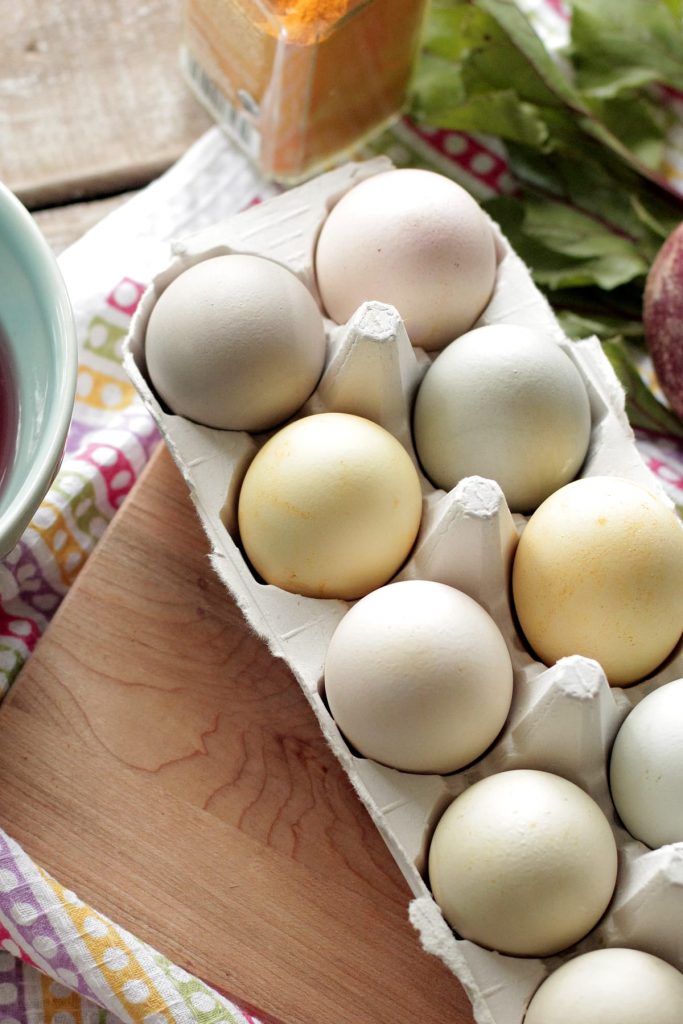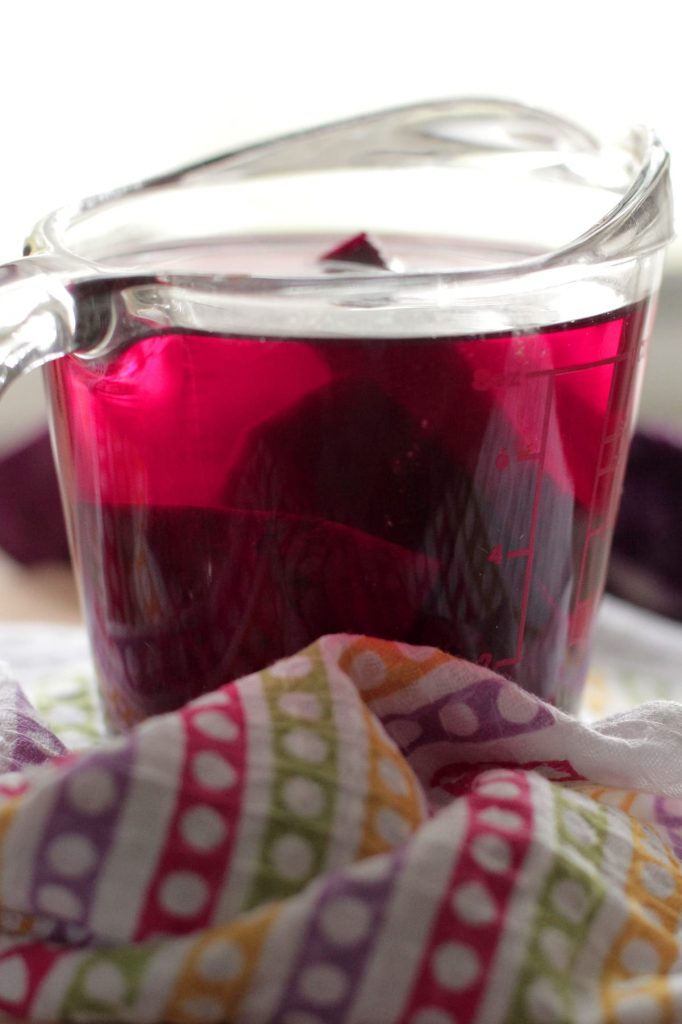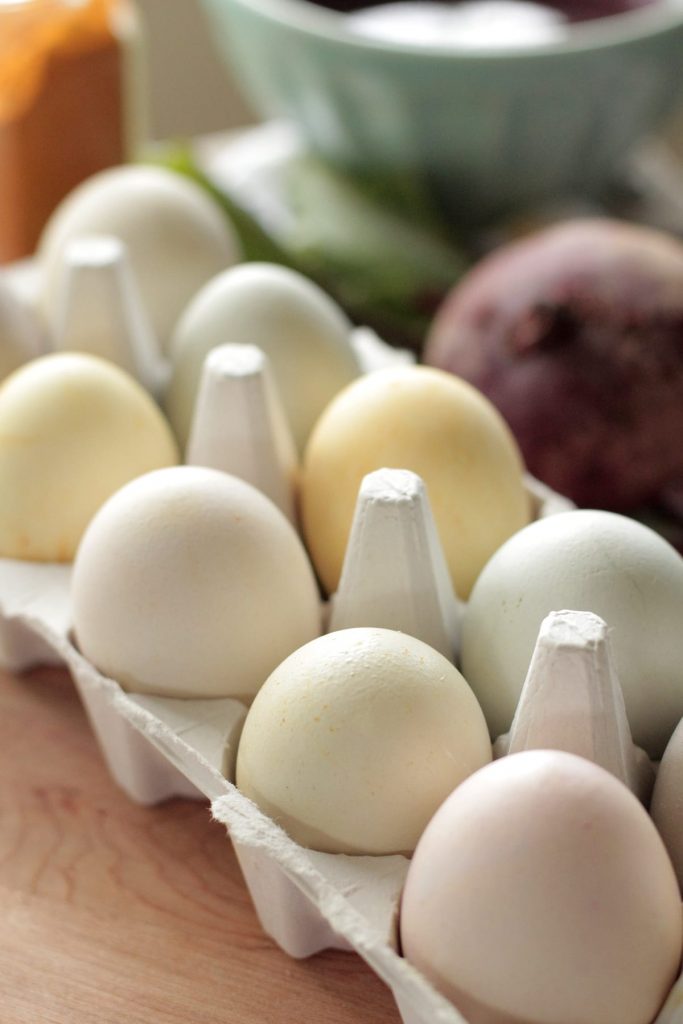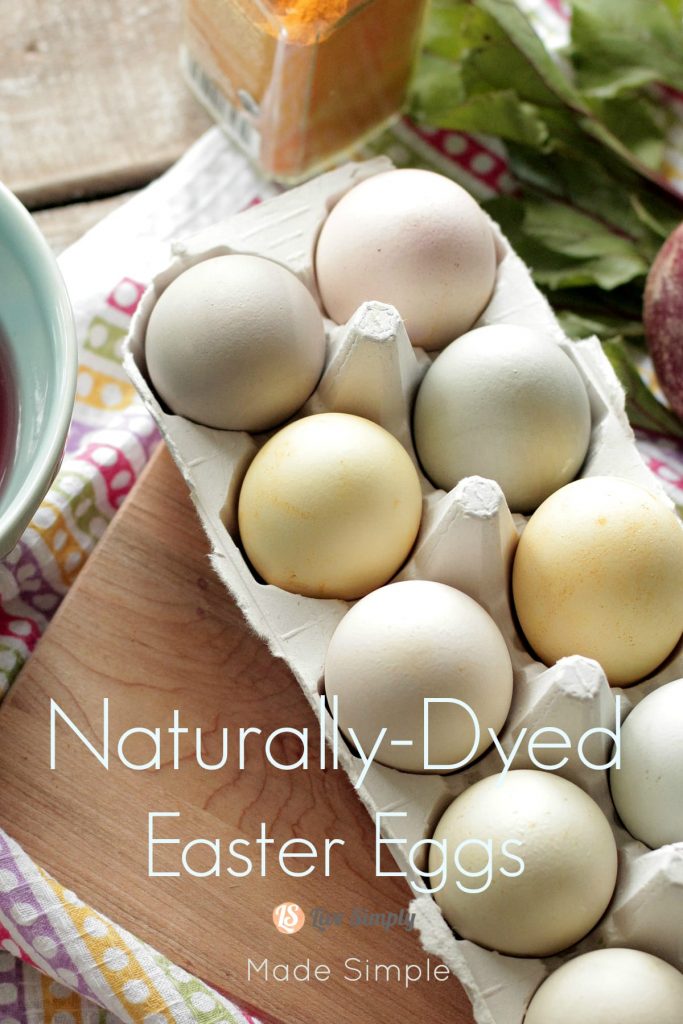Last week I had a Martha Stewart moment. I may be jumping in a bit early, after all, April 1st was yesterday, but visions of colorfully-dyed Easter eggs, fresh flowers, and everything spring-like danced in my head all week. When a Martha moment takes place, you must act on it.
I’m going to admit something that may completely disqualify me from “mother of the year”–I’ve never dyed Easter eggs with my children. See, those Martha moments don’t come very often. Must. Act. Now. I have a two year-old and four year-old making anything other than surviving the day and making it to bed, a bit hard. This year thanks to my Martha moment, I decided it was time. Time to take the colorful Easter egg plunge.
I simply couldn’t bring myself to having a bunch of chemically-dyed eggs. Something about neon colors leaching through eggs, being enjoyed my kids turned my stomach a bit. I took to my kitchen this week to experiment with a natural, but simple alternative, naturally-dyed Easter eggs.
After much experimenting, and failed attempts, I’ve learned only a few colors can successfully be achieved with natural dyes–pink, purple, blueish-gray, and yellow. Anything else is near impossible. I was a bit afraid my kids would be disappointed with only four colors, but I was wrong. Even with the limited color selection the kids were beyond excited to color their own eggs. Piper couldn’t help but peek every few seconds as his eggs slowly changed color. The beauty of the natural dyes, in soft pastels, turned out perfectly and sweet memories were made, all without the worry of nasty chemicals.
Over the next few weeks, we’ll be dying many more eggs. Not only are they beautiful and wonderfully exciting for the kids to make, but I’ve also discovered naturally-dyed eggs hold a magical power. The power of enticing young children to eat eggs. In fact, we may continue to dye eggs well past Easter seeing how much the kids enjoy eating them. Yay, for nutrient-dense food that’s fun to make.
Today, I’m sharing four simple and natural dyes. These dyes are made with real food ingredients–turmeric, blueberries, black cherry juice, and beets. Simple ingredients which create beautiful pastel-colored eggs, safe to eat and pleasing to the eye. Plus, these dyes take only minutes to make, a huge bonus for a mom of two little people.
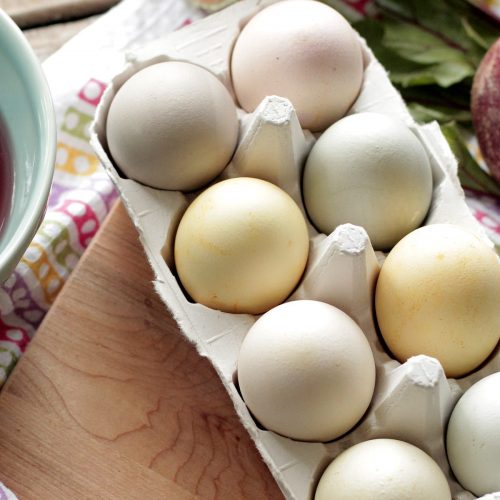
Simple Naturally-Dyed Easter Eggs
Ingredients
- 12 eggs white, boiled
- 1 TB white distilled vinegar per dye mixture
- 1/2 beet chopped into chunks
- 1/2 cup blueberries frozen
- 1 TB turmeric
- 1/4 cup black cherry juice
- 4 cups water boiled
Instructions
- Boil the eggs until cooked. Set to the side.
- Chop the beets in chunks. Add the beets, blueberries, turmeric, and cherry juice to 4 separate bowls.
- Heat 4 cups of water. The water should be hot, slightly boiling.
- Divide the water into the four cups (1 cup of water in each cup). Stir the turmeric and juice, in their individual bowls, to mix with the water. Mash the blueberries in the water to help release the color.
- Allow the food ingredients to steep in the individual bowls of water for 10 minutes.
- After 10 minutes, remove the beets and berries from their bowls. Add 1 TB vinegar to each bowl.
- Carefully, drop an egg into desired colors. Allow to sit in the dye until you've achieved the color desired.
Beets= pink
Black Cherry Juice= purple/violet
Blueberries= blueish/gray
Turmeric= yellow
Natural, homemade dyes produce soft, pastel-colored eggs. If you’re looking for richer color or more variety I recommend a natural kit like this one.

